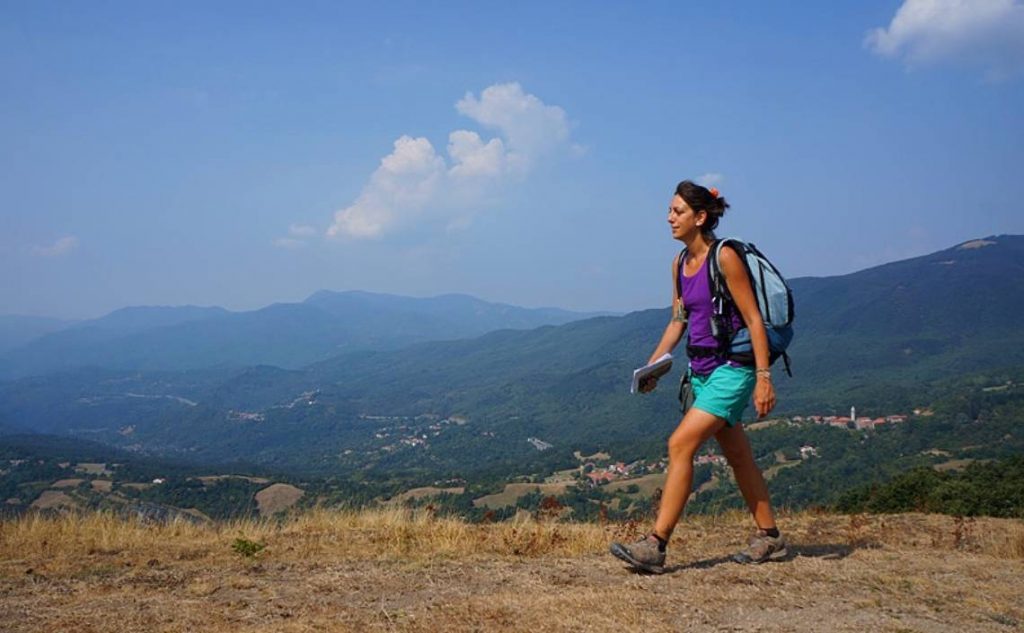Italy - Apennines and Northern Tuscany
The fragrance of alfalfa is intense in early summer as you travel over the hills beyond Fidenza, approaching the long climb of the Cisa pass. On the ridge there is always a strong breeze. From here you have a view across the plain behind you. The climb lasts at least three days, a sign that the slopes are gentle and gradual. There is plenty of time to contemplate the charm of the wild garlic flowers under the beech trees, before the long descent in the green Lunigiana, to the coast and the sea.
The Middle Ages live on along the mule tracks of the upper Val di Magra, where you find villages of stone, set among vineyards and olive groves. In the towns of Pontremoli, Filattiera, Filleto and Sarzana carved sandstone portals bring you into the historic centres. The mountains are now behind you and the sea air brings new fragrances. At Luni we discover traces of ancient Rome. Among its ruins, in that fertile and cultivated plain, imagine a harbour full of ships, where pilgrims, before the eleventh century, embarked directly to the coast of France and on to the distant Pyrenees, in the footsteps of St. James. Between Tuscany and Liguria, between Aulla and the coast, there are other tracks leading off from the Via Francigena to distant lands.
The Ligurian Sea shines along the beaches of Versilia as you walk through the vineyards on paths wrapping along the hillside at the foot of the Apuan Alps, between the towns of Carrara, Massa, Pietrasanta and Camaiore. Spend an evening in the square of Pontremoli, among the artists, discovering alleyways and workshops of stonemasons. Discover the shady woods in Valfreddana, the last offshoot of the Apuan Alps. Following the path in the plain of Serchio, the walls of Lucca with its distinctive towers come into view. Allow yourself a rest, your journey is still long, where new landscapes and encounters await you. Look at the maze on the porch of the Cathedral of San Martino: it reflects your itinerary, your wanderings, your thoughts through the hours of your journey.
Next is a path that was feared around the year one thousand. The plain of Serchio, the forests of Cerbaie, the treacherous marshes of Porcari and Fucecchio, today reclaimed wetlands – the Aqua nigra mentioned by Archbishop Sigeric – the Arno pass. First you see a solid masonry bridge, and then, the spire of San Miniato tower appears in the distance. Beyond extends the rolling landscape of the Tuscan hills.



